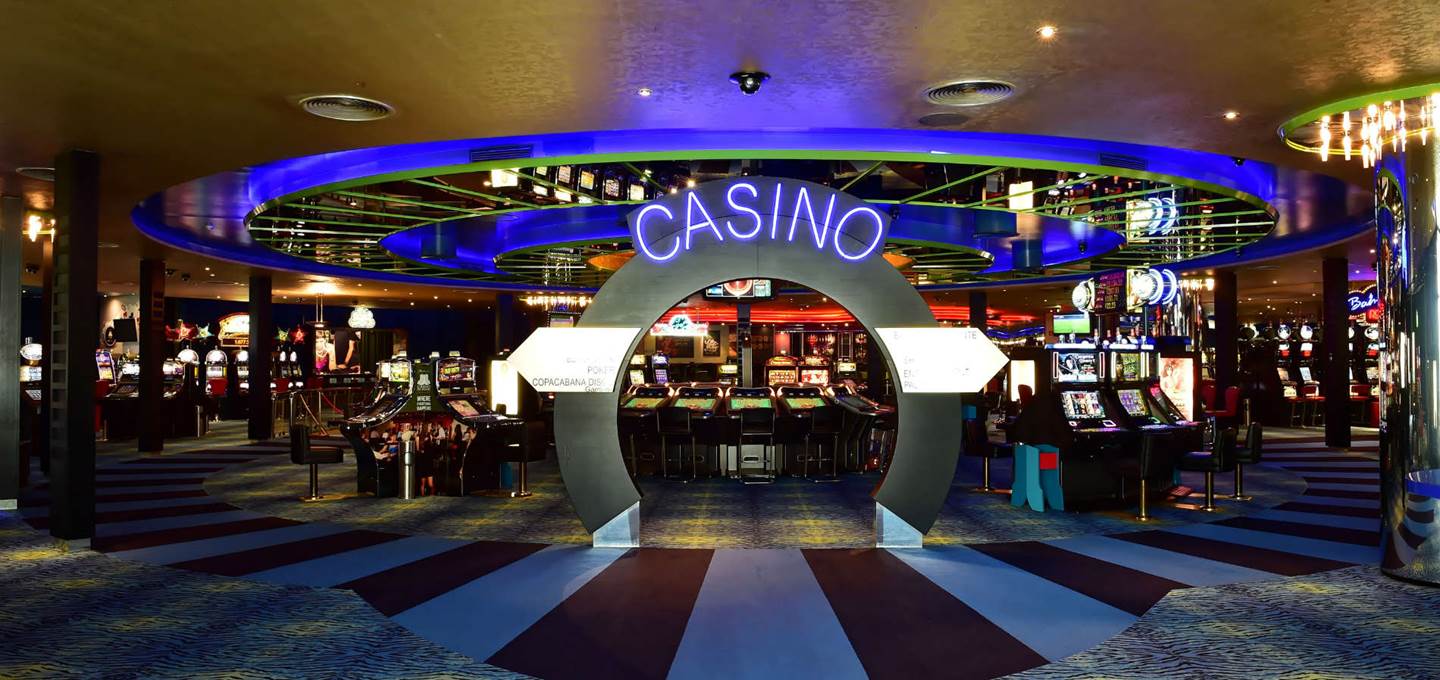
In the vibrant and thrilling world of casinos, wherein fortune and tactics intertwine, color and design play a key role in drawing in players. From the moment players step inside a casino or log into a gaming website, they are immersed in a visual feast that captures their attention and lures them to discover more. Bright colors, engaging graphics, and innovative layouts are carefully crafted to create an environment of thrill and expectation, ultimately improving the gaming experience.
While gamblers navigate through the ever-changing landscape of casino games, they encounter a variety of designs that not only serve visual purposes but also influence emotions and decision-making. Colors like scarlet and gold symbolize riches and fortune, while soothing navy and emeralds can create a more tranquil environment. Understanding how these elements function together allows casinos to create an inviting and stimulating atmosphere that encourages players to interact with the games, spend additional time at the tables, and increase their general enjoyment.
The Psychology of Color in Gaming Establishments
Tint plays a key role in the design of gaming experiences, shaping players’ emotional states and actions. Bright and bold colors, such as crimson and yellow, are often used to stimulate enthusiasm and capture notice. These hues create a sense urgency and vitality, encouraging participants to engage more enthusiastically with the activity. By thoughtfully selecting hues, creators aim to evoke emotions of pleasure and anticipation, which can enhance the complete gaming experience.
Different shades also have psychological associations that can affect how participants perceive their possibilities of success. https://bj88a.info/ For example, lime is often associated with luck and abundance, making it a well-liked choice in activities like the roulette wheel and poker games. This link can cause gamblers to feel more positive and confident in their gaming, ultimately encouraging them to bet more. Understanding these links allows game designers to design environments that enhance player happiness and loyalty.
Moreover, the layout of gambling game interfaces often uses gradients and contrasting hues to guide players’ responses. For case, winning outcomes may be emphasized with vivid, opposing colors, creating a visual incentive. This method strengthens successful results and encourages repeated gameplay. By exploiting the psychology of color, gaming venues can develop activities that not only draw players but also hold them engaged and committed in their gaming experience.
Creative Features that Engage Players
The visual appeal of gambling games is largely influenced by the implementation of bold colors. Bright and contrasting colors are deliberately chosen to create an inviting atmosphere that grabs interest. For example, reds and golds often signify luck and prosperity, which is why they are common in the color schemes of gaming machines and table surfaces. These colors not only attract players in, but they also stir emotions related to thrill and expectation, enhancing the total gaming experience.
In parallel to color, the aesthetic and layout of gambling games play a crucial role in player attraction. Games are designed to be intuitive, ensuring that players can easily understand the rules and mechanics. Accessible interfaces, along with captivating graphics and motion, help maintain gamer interest and promote longer play sessions. The physical elements, such as the texture of the controls and the sounds of the games, also contribute to a comprehensive sensory experience that keeps players immersed.
Finally, thematic elements in game design can significantly influence gaming decisions. Many gambling games are inspired by popular culture, fairy tales, or exploration motifs, featuring symbols and characters that resonate with players. These themes create a sense of immersion and relatability, making each game feel unique. When players feel a bond to the concept, they are more likely to opt for that game over others, leading to increased participation and excitement within the casino environment.
Case Studies: Notable Casino Game Designs
One noteworthy example of impressive gambling game design is the popular slot machine series themed around blockbuster movies. Games such as those based on the Wizard of Oz and Game of thrones utilize bright colors and high-quality graphics to engage players in familiar narratives. The use of moving visuals and entertaining sound effects grabs the interest of players, building an psychological connection to the theme. This tactic not just encourages longer play but also enhances the overall gaming experience, resulting in increased player retention.
Another effective case is the use of color psychology in table games like blackjack and the wheel. Casinos often develop these games with rich reds and greens, colors traditionally linked with luck and wealth. For instance, the green felt on a blackjack table provides a soothing effect, while the red accents in the wheel invite anticipation. This deliberate use of color helps to establish an inviting atmosphere that stimulates players to join in, addressing their psychological impulses and boosting their enjoyment.
Finally, social casino games that feature community features and vivid, dynamic designs have experienced remarkable success in engaging players. Games like Zynga Poker and Slotomania leverage vivid colors and playful animations to create an inviting online environment. The inclusion of leaderboards, social sharing options, and in-game rewards encourages competition and community, drawing players in for longer sessions. Such designs not just make the games visually enticing but also highlight community engagement, a vital factor in player retention and engagement within digital casino environments. Bj88